Lets assume i have a weighted undirected graph with edges and wanted to find the shortest path as well as all possible paths that i could follow from the startpoint to the endpoint with distances, what would be the best way to implement this? Breadth depth search and k paths algorithm seem to offer reasonable solutions, although im not sure which is best